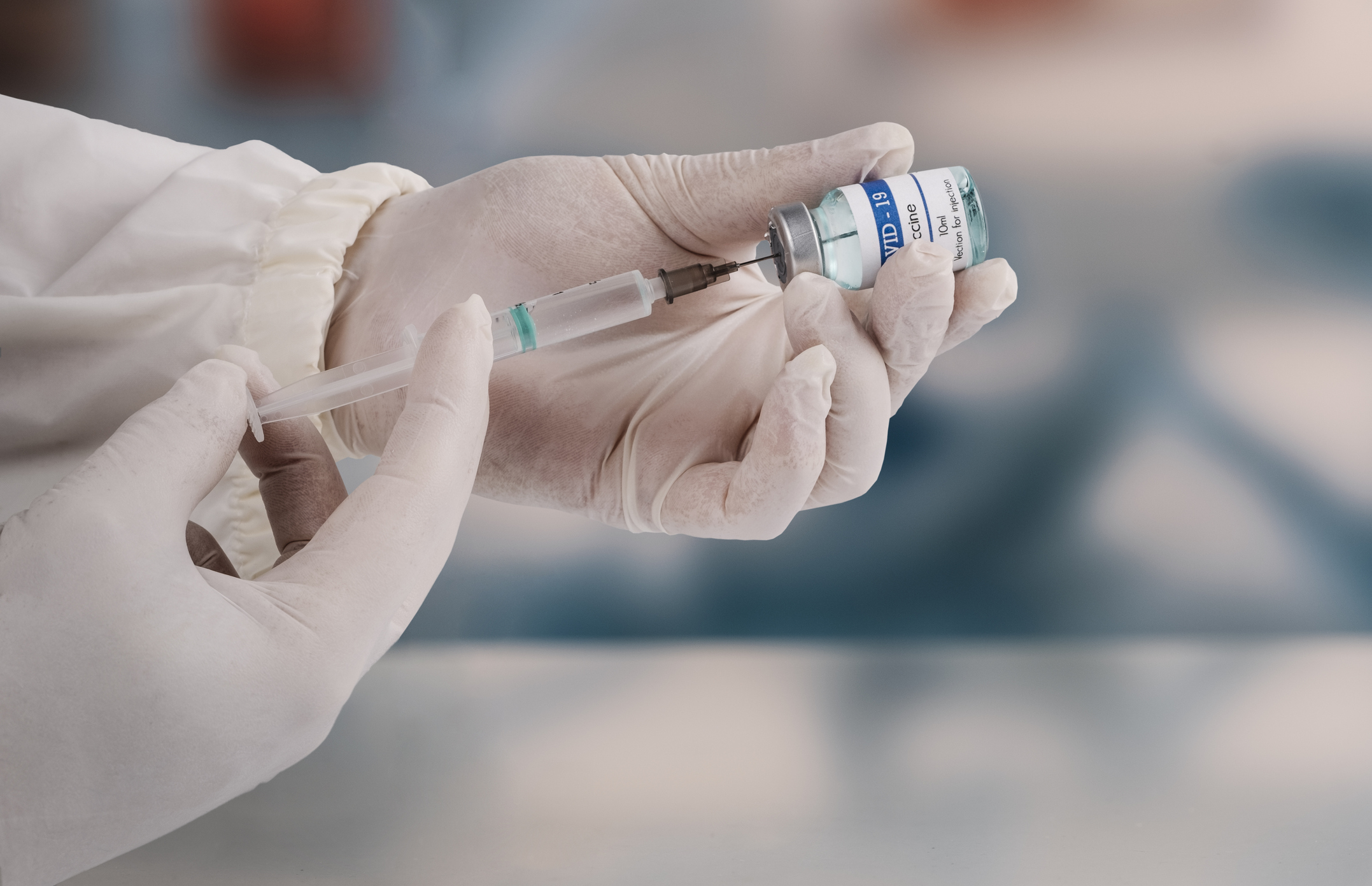
Since the COVID-19 pandemic began, health officials have warned that the biggest barrier to controlling the virus would be its ability to mutate into ever more infectious and dangerous forms.
The latest version raising alarms is an emerging subvariant of Omicron called BA.2.75.2. It’s already gained the ability to evade the immunity provided by current vaccines and can’t be neutralized by many of the antiviral drug treatments available. So far, the strain has been reported in 47 countries and in 39 U.S. states, where it still accounts for less than 1% of COVID-19 cases.
Here’s what we know so far about BA.2.75.2.
Where did BA.2.75.2 come from?
BA.2.75.2, as its nomenclature suggests, emerged from the BA.2.75 subvariant. It’s growing quickly, particularly in India—although BA.2.75.2 accounts for only 0.5% of cases so far around the world. Because it shares many similarities with the existing subvariant, the World Health Organization has not designated BA.2.75.2 as a new variant but singled it out as an “Omicron subvariant under monitoring,” which means that health officials should prioritize tracking cases in order to hopefully prevent surges in infections. Some experts have unofficially started calling it Centaurus, after a Twitter user gave it that nickname.
Why BA.2.75.2 is worrying public health officials
BA.2.75.2 has picked up three additional mutations from BA.2.75, two of which are where the virus binds to human cells in order to infect them.
According to one study by Swedish researchers published Sept. 16 as preprint—meaning the research has not yet been peer-reviewed—these aberrations are helping BA.2.75.2 evade all of the currently available antibody treatments authorized by the U.S. Food and Drug Administration except for one: bebtelovimab. Made by Lilly, this monoclonal antibody treatment is given as an IV infusion to people with mild-to-moderate COVID-19 symptoms who are at high risk of progressing to more severe disease. But because the drug targets only a specific portion of the virus’ spike protein, there’s no guarantee that the virus won’t develop mutations to evade it, too.
On Sept. 7 in the New England Journal of Medicine, Japanese scientists reported slightly more encouraging findings in their tests of BA.2.75 against available treatments. They too found that bebtelovimab could neutralize the variant, and also reported that some of the first antiviral treatments developed—remdesivir and molnupiravir—as well as the latest one, Paxlovid, also remain effective.
But resistance is a feature of BA.2.75.2, which is why health officials are concerned. The Swedish scientists also reported that virus-fighting antibody levels from blood donors, some of whom had been vaccinated or recently infected with SARS-CoV-2, were five-fold lower against BA.2.75.2 than against the currently dominant Omicron variant, BA.5. They also found that BA.2.75.2 was resistant to the antiviral combination therapy Evusheld. Taken together, the scientists concluded, this variant “effectively evades the current [antibody] immunity in the population” and “represent[s] the most resistant variant characterized to date.”
How well do vaccines work against BA.2.75.2?
Right now, the picture is incomplete. Human studies of the latest COVID-19 booster shot—which targets two other Omicron subvariants, BA.4 and BA.5—have not been finished yet, and it’s not clear how effective they will be against BA.2.75.2, either. But there are hints from studies involving the original vaccine about what kind of protection people might expect if the variant becomes more widespread.
David Montefiori, a viral immunologist at Duke University Medical Center who oversees testing of Moderna’s mRNA vaccine’s effectiveness against new variants, is now studying how blood samples from people immunized with Moderna’s vaccine stand up against BA.2.75.2. In earlier studies against BA.2.75, the results were encouraging. In a correspondence published in the New England Journal of Medicine on Sept. 9, he and his team reported that while levels of virus-fighting antibodies against BA.2.75 were more than four times lower than levels against the original virus among people vaccinated with Moderna’s shot, they remained effective. However, BA.2.75.2’s three additional mutations “could potentially make the virus less sensitive to neutralization,” he says, “but we have to test it and find out.” Results from those ongoing studies, funded by both Moderna and the National Institutes of Health, are expected in October.
More Must-Reads from TIME
- Cybersecurity Experts Are Sounding the Alarm on DOGE
- Meet the 2025 Women of the Year
- The Harsh Truth About Disability Inclusion
- Why Do More Young Adults Have Cancer?
- Colman Domingo Leads With Radical Love
- How to Get Better at Doing Things Alone
- Michelle Zauner Stares Down the Darkness
Contact us at letters@time.com